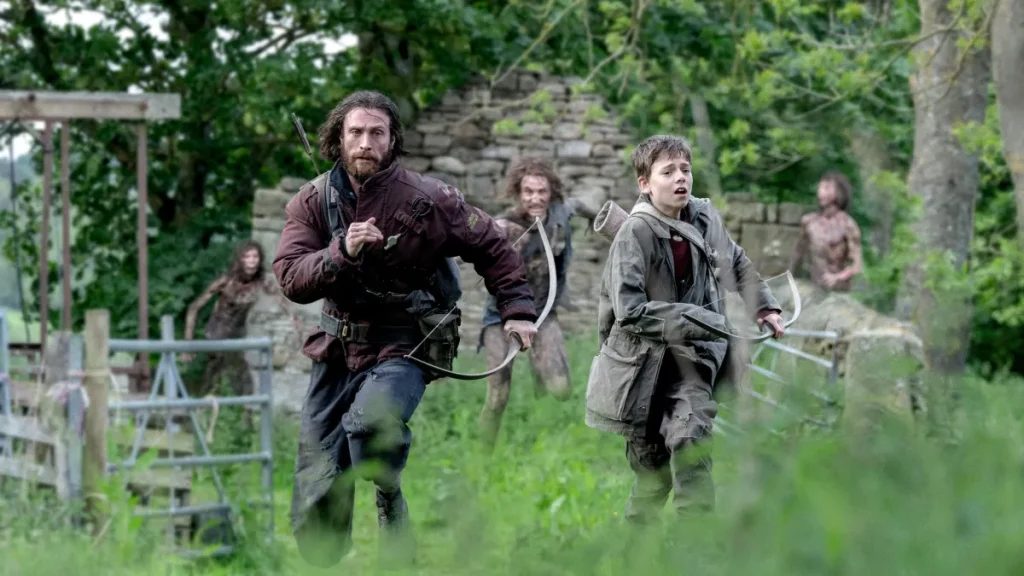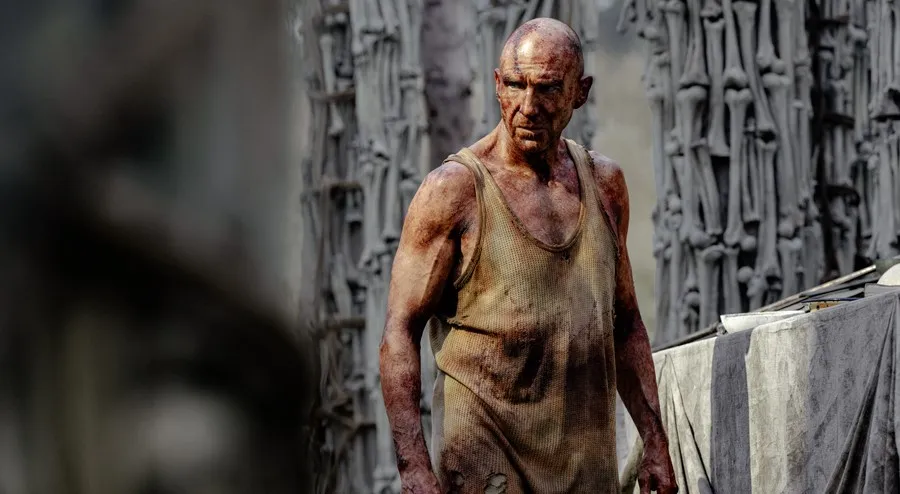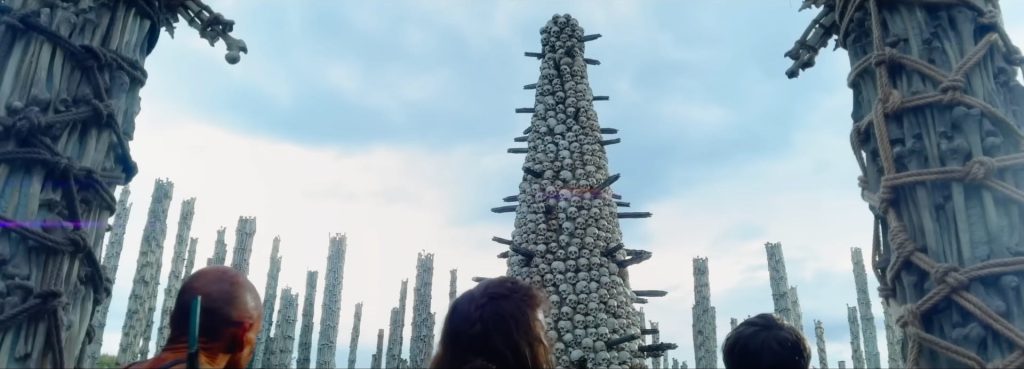
Nearly three decades after the Rage virus devastated Britain, civilization has managed to rebuild itself into scattered, fortified communities. The infected—now known as “the horde”—still roam the wasteland, but humanity has learned to survive behind walls and protocols. When a group of survivors ventures beyond their safe zone, they discover that the world has evolved in ways they never imagined, and the line between salvation and damnation has grown dangerously thin. Danny Boyle returns to helm this third chapter, bringing his signature visual flair to a story that questions whether humanity can truly heal from its deepest wounds.
Danny Boyle’s return to the zombie apocalypse he helped redefine comes loaded with expectations, memories of kinetic terror, and the promise of witnessing a master craftsman at work. That opening sequence? Pure cinema. Steel rock collides with British punk as the camera cuts and weaves through a world that feels both familiar and utterly transformed. For those first twenty minutes, you’re reminded why Boyle isn’t just another director—he’s an architect of movement, sound, and visual poetry.
The trademark elements are there in spades. Sharp camera work that never lets you settle. Editing that feels like controlled chaos. Sound design that crawls under your skin and sets up permanent residence. The intro sequence alone deserves study in film schools—bizarre in the best possible way, unsettling without cheap tricks, establishing a world where hope and horror dance together in the ruins of what once was.

Production design shines in moments, particularly in the shrine sequences that echo memento mori traditions. There’s craftsmanship here, attention to detail that speaks to Boyle’s commitment to world-building. Ralph Fiennes channels something deeply unsettling—his performance carries echoes of Marlon Brando’s Colonel Kurtz, and whether intentional or not, the film seems to nod toward Apocalypse Now’s exploration of civilization’s heart of darkness.
For franchise veterans, Easter eggs and callbacks pepper the narrative like breadcrumbs leading back to familiar territory. The symbolism runs deep for those willing to dig, and Boyle clearly has things to say about survival, humanity, and the price of rebuilding.
But here’s where the wheels begin to wobble, then eventually fall off entirely.
Boyle has made a choice—a bold one, perhaps, but ultimately misguided. Instead of building upon the foundation that made this franchise special, he’s torn down the house and built something entirely different on the same lot. The problem isn’t that the new structure lacks merit; it’s that it bears little resemblance to what came before, leaving longtime residents feeling displaced and confused.
When you promise continuation, audiences arrive with reasonable expectations. They want evolution, not revolution. They want their favorite restaurant to serve new dishes, not change cuisine entirely. Boyle has essentially handed us truffle fries when we ordered pizza—and while truffle fries might be exceptional, they’re not what we came for. The mismatch creates disappointment that has nothing to do with quality and everything to do with broken promises.
The symbolism, while ambitious, feels forced into spaces where it doesn’t belong. Instead of emerging naturally from character and situation, meaning gets pushed onto scenes like ill-fitting clothes. You can practically see the seams where depth was inserted rather than discovered. By the third act, when everything should crystallize into something profound, the film stumbles hardest.

That ending? It reeks of commercial calculation. Without spoiling specifics, there’s a sense that studio priorities wrestled creative vision to the ground and won. The film’s final moments abandon everything that came before in favor of something safe, predictable, and ultimately hollow.
The tragedy of 28 Years Later isn’t that it’s poorly made—technically, it’s often brilliant. The tragedy is that Boyle forgot what made this world special in the first place. He got so caught up in making something meaningful that he forgot to make something that honors its own heritage.
For newcomers, this might work as a standalone experience. For everyone else who lived through 28 Days Later and 28 Weeks Later, this feels like betrayal wrapped in beautiful cinematography. Sometimes the most disappointing films aren’t the obviously bad ones—they’re the ones that show you glimpses of greatness while systematically dismantling everything you hoped they’d be.
